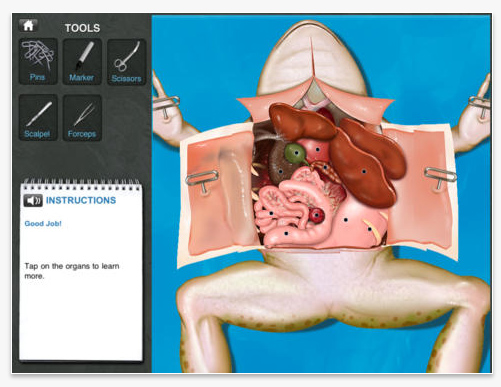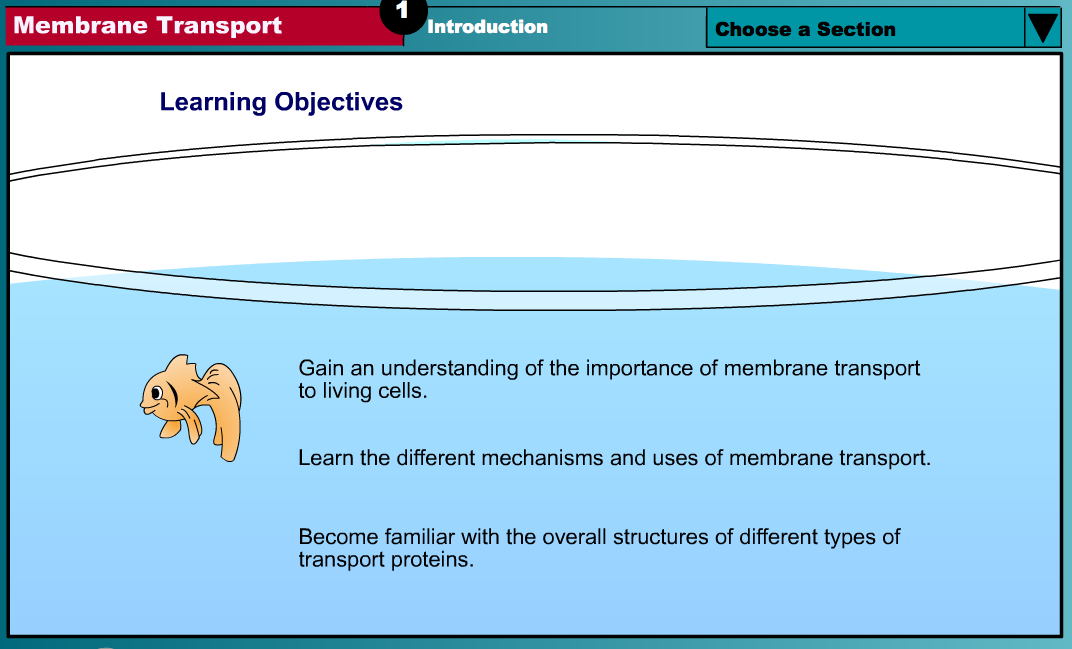

The major finding of this study is that 100% of participant test scores improved after dissection experiences. Analysis of mean scores and participant perceptions are presented below. An alpha level of 0.05 was used to determine significance on statistical tests. Results are presented according to the two research questions posed for this study.

Self-reported choral singing experience included elementary ( M = 1.83 Results There were 16 (54%) female participants and 14 (46%) male participants with a mean age of 22 years. Singer participants ( N = 30) constituted a convenience sample recruited by word of mouth from the undergraduate music education population in a vocal pedagogy course at a major southeastern university. 1 Schools spend large sums of Participants In addition, 74% of districts enrolled students in technology-based distance education. As of 2010, each public school in the United States had an average of 189 computers with 93% having Internet access. Whether online programs, virtual learning, hybrid classes, or digital libraries, technology infuses today's curricula with new possibilities for delivery of instruction and learning experience. Technology is prevalent in almost every aspect of education today. Results are discussed in terms of feasibility of such a learning mode and importance of dissection experiences in understanding human anatomy as well impact on future music educators’ teaching practice. All participants showed improved scores from pre- to posttest measures however, scores were not significantly different between groups. Results indicated that student knowledge and perceptions varied widely. Perceptions were also gathered through a short questionnaire following the posttest. Two days after finishing the laboratory or virtual dissection experience, each group was given a posttest.
Mcgraw hill virtual lab frog dissection software#
The second group ( n = 13) attended five 1-hour sessions in a computer lab equipped with Physiology and Anatomy Revealed, version 3.0 (McGraw Hill, New York, NY), a computer software program designed to simulate the dissection experience.

Thereafter, the first group ( n = 13) attended five 1-hour sessions of laryngeal dissection in a cadaver lab. University students ( N = 26) were given a pretest on laryngeal physiology and anatomy. Therefore, the purpose of this investigation was to examine the effectiveness of virtual versus laboratory dissection in learning anatomy of the laryngeal structure for preservice music educators in a vocal pedagogy course. No study to date, however, has examined anatomical learning of preservice music education students on anatomical and physiological knowledge of the larynx. Some researchers have found that students learn best through hands-on learning, whereas other investigators have concluded students rate both computer and hands-on learning as effective and enjoyable. Science-education literature is replete with studies examining how students learn anatomy most effectively and efficiently.


 0 kommentar(er)
0 kommentar(er)
